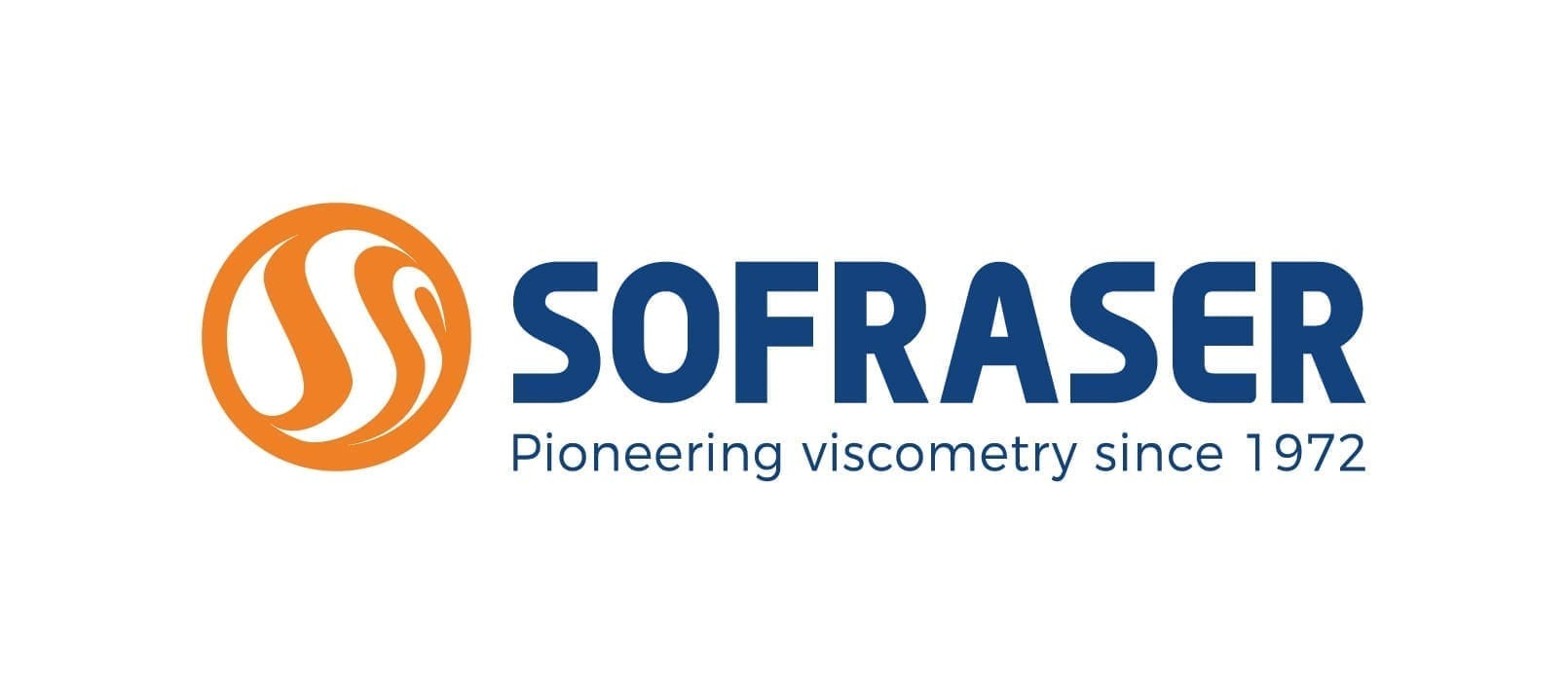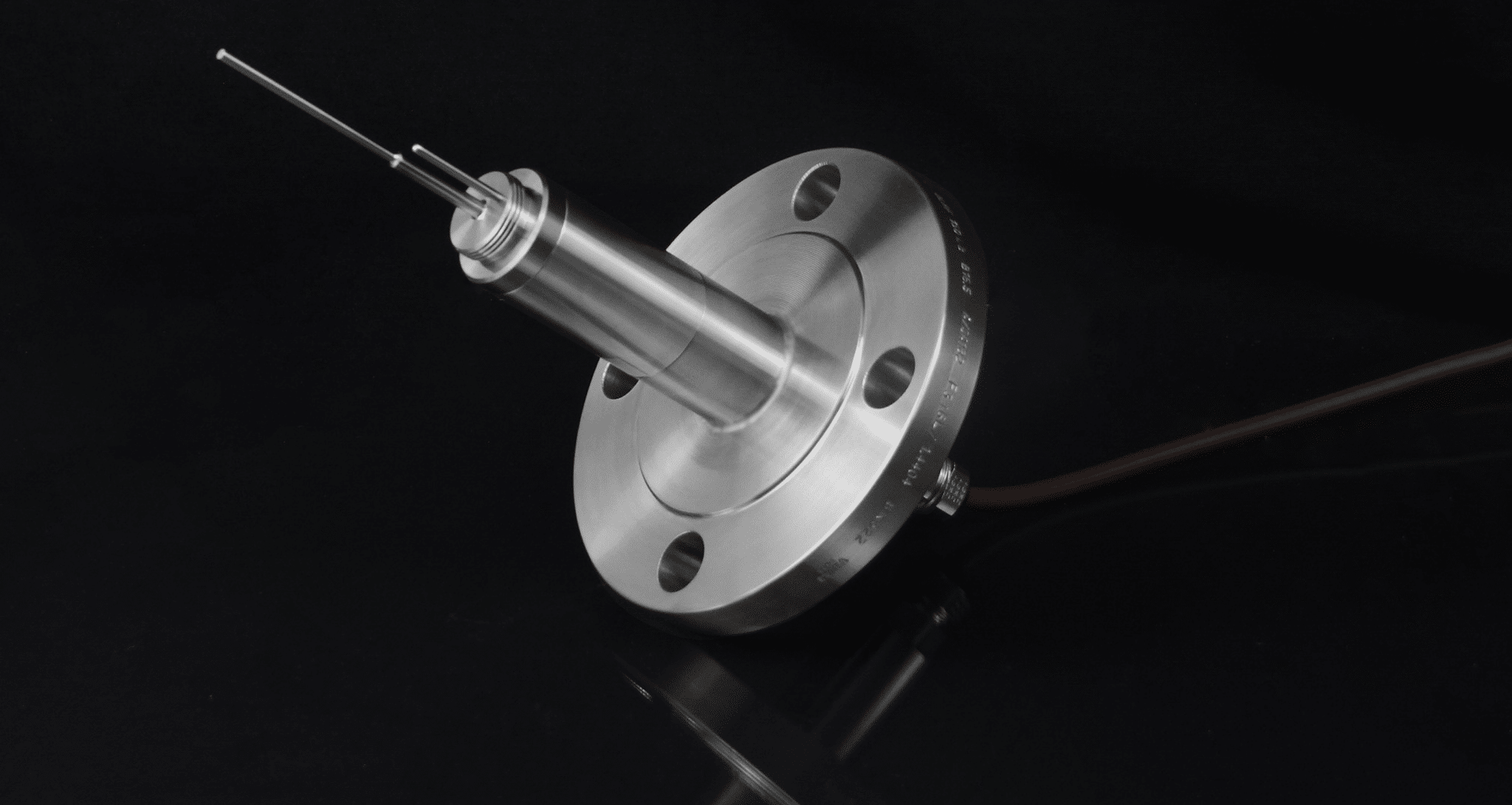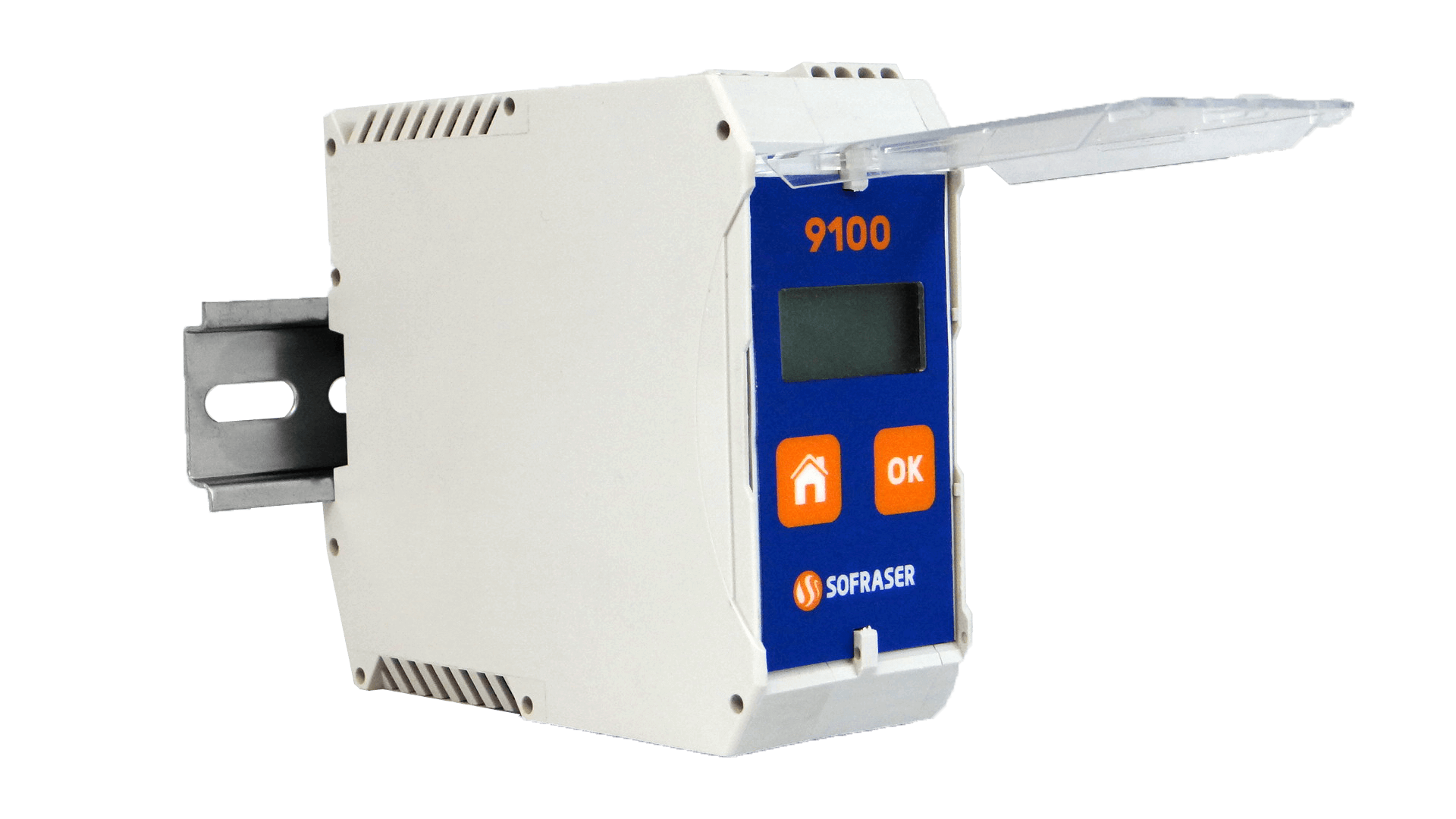A new solution for your process
The INVI sensor is Sofraser latest innovation and intends to answer our customers need for easy mounting.
This new viscometer can be installed directly on a flange nozzle. Installation frequently encountered in the field either for reactors or for process lines. To meet this need for ease of installation on existing nozzles encountered by our customers, Sofraser has developed a new insertion rope design: the INVI sensor.
The standard configuration of the INVI is a 2″ ANSI mounting flange, 150 lbs. But it can be custom made to fit each specific project which can be installed with nozzles as narrow as 1.5″. Its length and flange size can be adjusted to perfectly suit site requirements and ensure reliable measurements for your process.
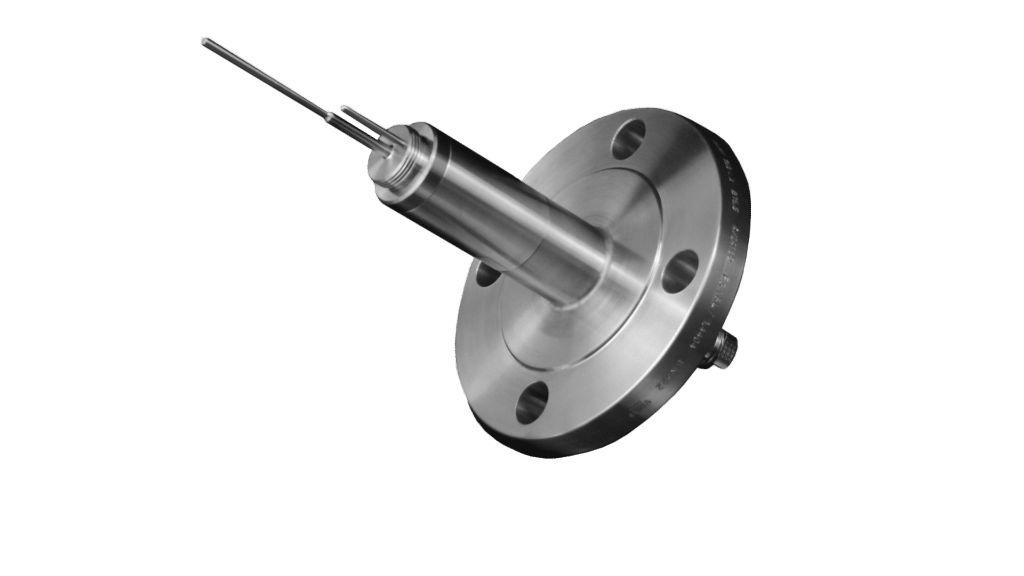
Different configurations for the INVI
This brand new probe has 3 main configurations available: one with a remote transmitter (similar to the MIVI configuration), meaning that the sensor and its electronics are connected together thanks to a cable (its length is adjusted to your needs); another one with embedded electronics within a blind enclosure, and finally one with embedded electronics and a display.
All 3 configurations can also be configured in high temperature thanks to the addition of a heat exchanger.
The standard needle insertion length is 205 mm, but other length, up to 1m/ 39” can be done on request.
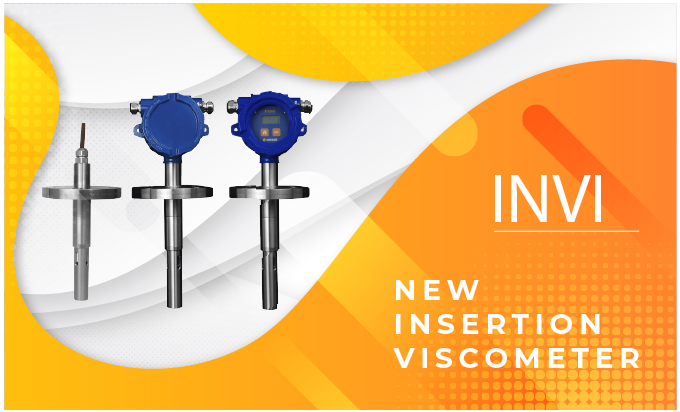
Reliable technology from Sofraser
Based on the same technology as the MIVI, the INVI has a vibrating rod at resonance frequency. Patented and long proved for its robustness and durability, the Sofraser technology might be the perfect match for your viscosity requirement.
With its exclusive Flow Damper technology that acts like an embedded Flow cell, the measurement stays stable in any conditions.
The INVI is therefore a very adaptive viscometer and perfectly fits special projects which Sofraser is always delighted to work on.
The viscometer is already available for future projects and can be ordered through your local distributor.
Patented in 1981 by Sofraser, the vibrating viscometer at resonance frequency is now the most commonly used type of viscometer.
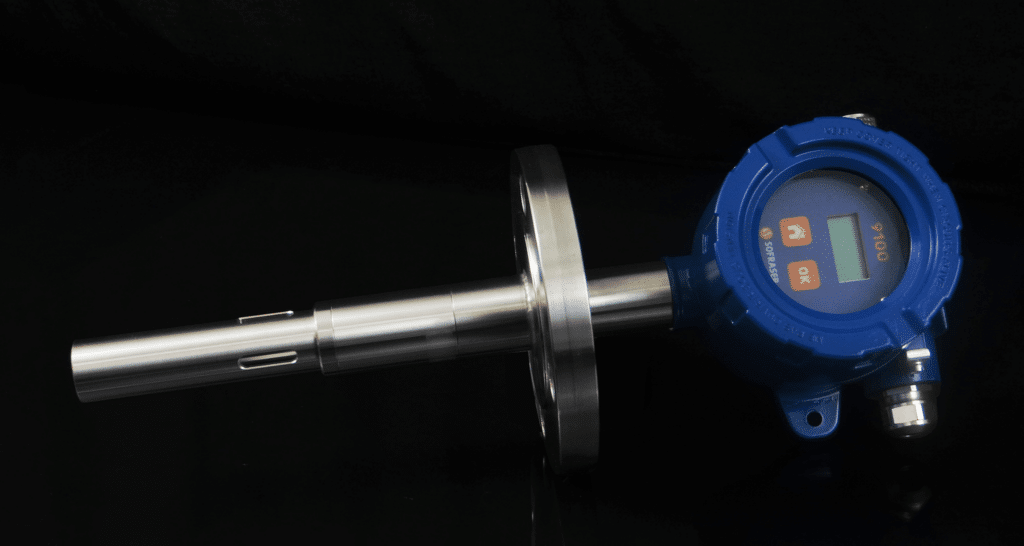
Join us :


